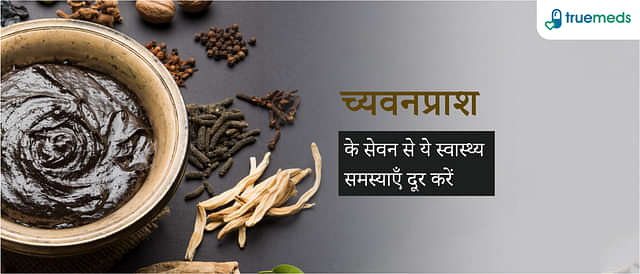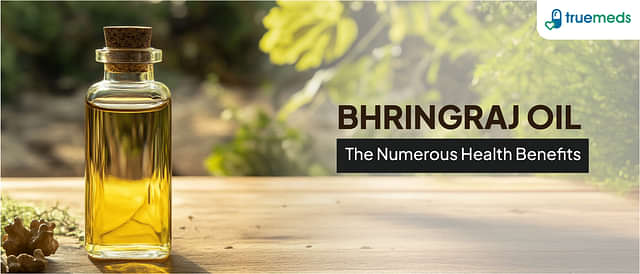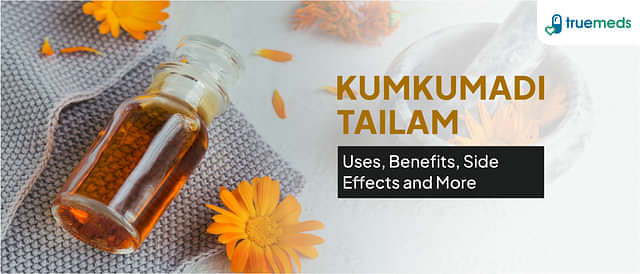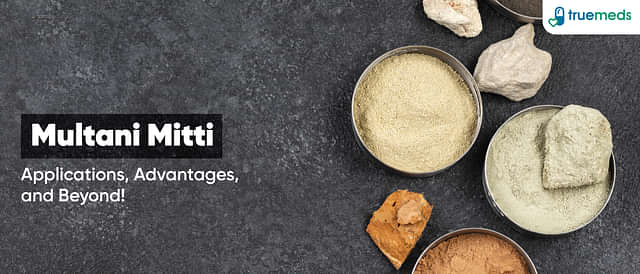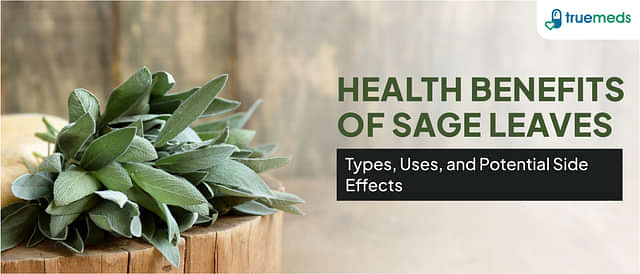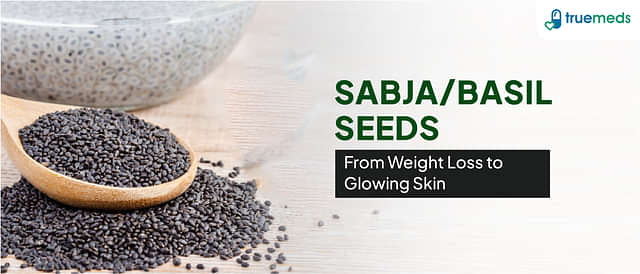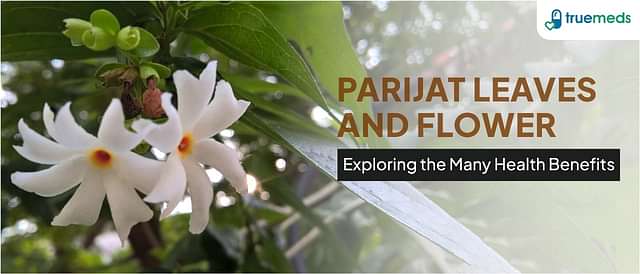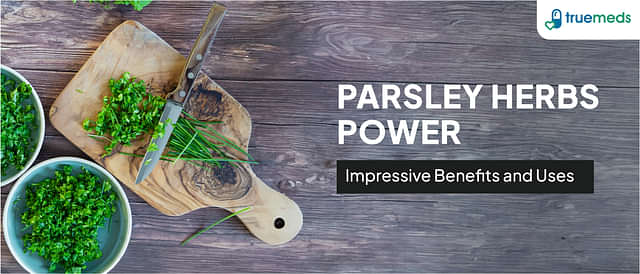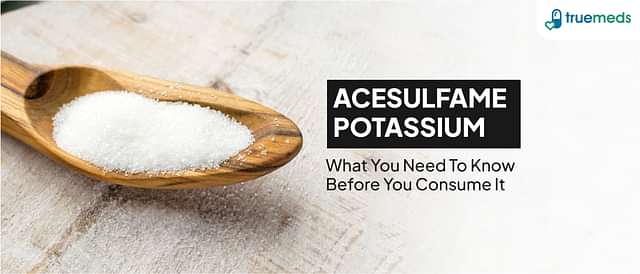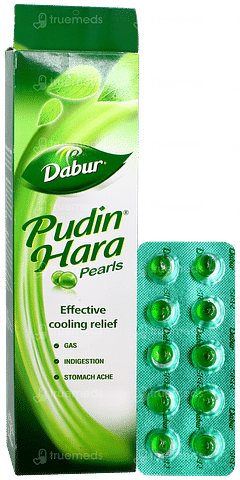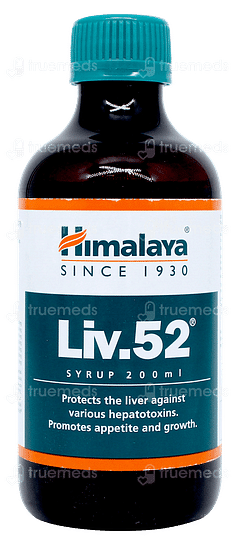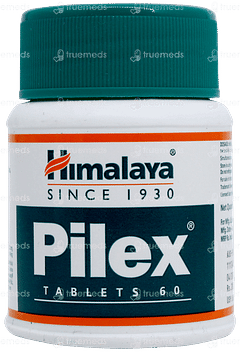Karanja
Karanja, also known as the Karanja plant (Pongamia pinnata), is a versatile tree native to India. Known for its medicinal and agricultural benefits, it thrives in tropical climates. The seed oil of the Karanja plant is used in cosmetic treatment, traditional medicine, and organic pest control. It is hard-wearing and ideal for reforestation and soil enhancement, meeting this domain's physical and health aspects.
Last updated on : 18 Aug, 2025
Read time : 14 mins
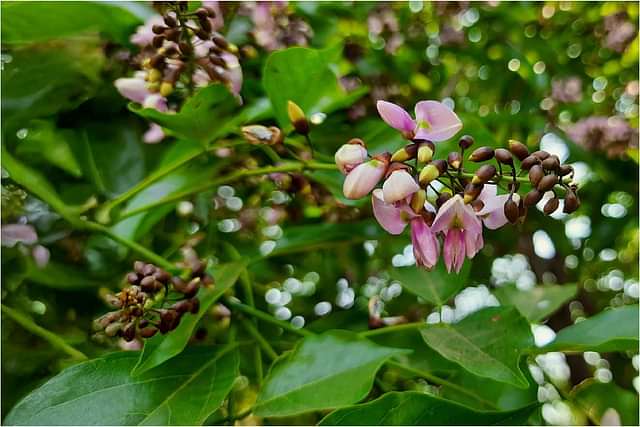
What is Karanja?
Karanja or Pongamia pinnata is a large, medium-growing tree species found in tropical India and other parts of the world. Karanja plant is used for pesticides and bio-fuel household products, especially in the management of skin diseases because it has an anti-inflammatory effect.
Above all, it plays a huge role, particularly in functions such as soil rehabilitation and afforestation, and it also acts as an agent for the prevention of erosion formation and the enhancement of soil fertility.
This plant grows well on marginal, saline, and even semi-desert or grossly contaminated soils and is widely used for afforestation and land reclamation. Furthermore, the plant is also used to provide shade and decorative objectives in urban areas because of the high canopy coverage of leaves.
Key Facts
| Feature | Details |
| What is Karanja? | Karanja, also known as Pongamia pinnata, is a versatile plant celebrated for its medicinal properties and various applications in traditional medicine. |
| Origin | Native to India and Southeast Asia, Karanja is commonly found in tropical and subtropical regions, often growing near water bodies. |
| Common Use | Used for managing skin conditions, joint pain, and digestive issues and as a natural pesticide. It is also applied in herbal remedies and skincare products. |
| Chemical Composition | It contains bioactive compounds like flavone and chalcone derivatives, tannins, and alkaloids, including pongamol and karanjin, which offer anti-inflammatory and antimicrobial benefits. |
| Health Benefits |
|
| Forms Available | Available as essential oil, powdered leaves, capsules, and herbal extracts for various medicinal applications. |
| Recommended Dosage | Typically, 1-2 teaspoons of powdered leaves in tea or 5-10 drops of oil for topical use; consult a healthcare provider for specific conditions. |
| Precautions | Conduct a patch test before topical application; avoid excessive consumption, especially in individuals with digestive issues or pregnant women. |
| Side Effects | May cause skin irritation, gastrointestinal discomfort, or allergic reactions in sensitive individuals; discontinue use if adverse reactions occur. |
| Interactions | May interact with certain medications, especially for diabetes and blood pressure; consult a healthcare provider before use. |
| Storage | Store in a cool, dark place, tightly sealed, away from direct sunlight to maintain potency and extend shelf life. |
Alternative Name of Karanja
Karanja is a versatile plant known by various names across different cultures and regions, reflecting its widespread use and significance. The karanja plant is also referred to by the following names:
- Pongamia pinnata (Scientific name)
- Indian beech
- Honge tree (Kannada)
- Pongam (Tamil)
- Dithouri (Hindi)
- Naktamala/Karanja (Sanskrit)
- Kanuga (Telugu)
Nutritional Value of Karanja
| Nutrient | Amount per 100g |
| Protein | 18-20g |
| Fat (primarily oil) | 27-30g |
| Carbohydrates | 20-25g |
| Fiber | 5-7g |
| Calcium | 200-250mg |
| Phosphorus | 300-400mg |
| Iron | 5-7mg |
Though Karanja seeds are not typically consumed, their rich oil content and nutrients are valued in various applications, especially in skincare and agriculture.
Medicinal Value of Karanja
Due to its high amount of fatty oil, Karanja is a vital medicine source in Ayurvedic and Unani forms of medicine. The oil, while extracted from the seeds of the Karanja plant, also has anti-inflammatory, antimicrobial, and antifungal properties. It has been utilised to manage skin disorders such as eczema, psoriasis, and skin ulcers, enhance the healing of ulcers and soothe skin inflammation. Further, topical use of karanja oil benefits joint pains in arthritic patients.
The stem bark and leaves are also administered for ailments such as digestive and respiratory disorders. Karanja is a vata-kapha balancer as per Ayurveda. Its anti-inflammatory, anti-microbial, and antihistamine properties are extensively employed in various therapeutic remedies in most branches of holistic medicine.
Health Benefits of Karanja
Karanja benefits are abundant and commonly recommended in Ayurveda. In Ayurvedic and herbal traditions, the leaves, bark, and oil of the plant cure different diseases and promote health.
1. Skin Health
Karanja oil, used for hair and skin, is probably one of the most widely known applications. Because of its inflammation-reducing qualities and antibacterial functionality, the plant can treat skin diseases like dermatitis, psoriasis, and pimples. Karanja oil skin benefits may help ease all ailments that cause skin rash, inflammation, slow healing of wounds, ulcers, and infections. It is also an organic method of shielding the skin from UV radiation and avoiding sunburns.
2. Joint Pain Relief
Karanja oil is famous for its anti-inflammatory feature, which eases joint pain due to arthritis and rheumatism. It is rubbed onto the affected areas to minimise inflammation, enhance the range of motion, and decrease pain. This makes Karanja a suitable replacement for over-the-counter pain treatment chemicals.
3. Digestive Health
The gastroprotective properties of Karanja leaves help prepare drugs to soothe stomach ulcers and are also valuable for the stomach. People drink and use it in cooking to improve the digestion process and as a formula for constipation, indigestion, and bloating. On the same note, Karanja has a medicinal perception that considers specific parasitic diseases and gut health.
4. Antimicrobial Properties
A collection of active principles with high antimicrobial activity has been found in Karanja oil, which is used to cure bacterial, fungal, and viral infections. The above property aids in the healing of skin disease injuries that may have developed into infections and stopping further infections.
5. Detoxification
Leaves from the Karanja tree are used to detoxify the body by promoting the elimination of toxins. Its extracts purify the blood, support liver health, and enhance overall vitality. Detoxifying properties make Karanja helpful in maintaining internal health and preventing various diseases.
Common Uses of Karanja
Karanja has found multifaceted applications in industries and sectors because it has curative, agronomic, and ecological properties. Here are some common applications:
1. Medicinal Uses
The Karanja plant can help control skin problems such as eczema, psoriasis, and fungal dermatitis. It is also used to massage the joints, arthritis, and wound dressing due to its anti-inflammatory and antimicrobial qualities.
2. Agriculture and Pest Control
Karanja oil is an organic pest control agent that does not have any ill effects on plants or soil. It has also been employed as a biofertiliser to help increase soil fertility and plant growth.
3. Environmental Conservation
The Karanja tree comes in handy during the planting of economic nature to improve the existing vegetation, reclaim lost soil, and prevent soil erosion. They grow well in saline and marginal soils and help rehabilitate arid regions.
4. Biofuel
Since it is one of the most efficient biofuel sources, Karanja oil tends to replace fossil fuels in many industries.
Precautions While Taking Karanja
Karanja has rich and multiple healthy impacts; however, due to its salubriousity and side effects, it should be consumed moderately. Here are some essential precautions to consider:
- Allergic Reactions: The allergic reactions are some possible side effects of karanja oil or oil extract. However, if you intend to use this process on the skin, it is essential to perform a skin test, where you apply the substance on the forearm. Consult your doctor when you experience itching, redness, or inflammation, and stop using the product immediately.
- Pregnancy and Breastfeeding: Women who are pregnant or breastfeeding should not take karanja oil or any of the internal products derived from the karanja plant, as there is little research done on its use in these conditions.
- Internal Use: Although the leaves of the karanja tree are prescribed for treating digestive problems in traditional medicine, internal use of karanja oil can be fatal. You should only consider using Karanja-based products after consulting with an herbalist or a medical expert.
- Pre-existing Health Conditions: If you are a liver or kidney disease patient, then you have to avoid using karanja products as they will exacerbate your illness.
How to Use Karanja
Karanja can have various applications for medicinal, agricultural, and skincare uses. Here are three standard methods:
1. Karanja Oil for Skin Care
Karanja oil has many healing properties and is predominantly used in treating skin disorders like eczema and psoriasis.
Steps to use:
- Wash the affected area with soap and warm water if personally involved; otherwise, avoid contact with the skin.
- Apply a few drops of Karanja oil to the skin and massage gently until absorbed. Use 1-2 times daily for best results.
2. Karanja Oil for Joint Pain
Sometimes, people suffer muscle or joint pain due to arthritis or injury. To eliminate the pain, they apply karanja oil as an effective painkiller.
Steps to use:
- Warm a small globule of the Karanja oil in your hands by rolling it between two palms.
- Then, gently circularly rub the oil on the skin in question for 5-10 minutes, letting the skin absorb the oil. Repeat daily or as needed.
3. Karanja Leaves for Stomach Disorders
Karanja is beneficial for digestion and can be used in indigestion as the plant leaves bear medicinal properties.
Steps to use:
- Crush a few tender fresh karanja leaves, add them in water, and boil them for 10-15 minutes.
- Filter the liquid, and the potion should be consumed once it has cooled. Take this product only once per day to alleviate signs of digestive distress.
Recommended Dosage of Karanja
The dosages of Karanja also differ depending on the form and for what. Just like all-natural remedies, it is essential to follow the right direction to eliminate the chances of side effects.
- Karanja Oil (Topical Use): For skin conditions such as eczema, apply 3-5 drops of karanja oil on the skin affected part 1-2 times a day for skin inflammation for psoriasis. Apply topically on the painful area for joint pain, and apply 5-10 drops twice daily.
- Karanja Leaf Decoction: To ease digestive ailments, it is suggested that five to seven fresh Karanja leaves should be boiled in water, the liquid filtered, and the patient should drink 100 to 150 ml of the decoction daily. Using it for an extended period is not recommended without first speaking to a doctor.
- Karanja Capsules or Supplements: If commercially available Karanja capsules are being used, then the dosage recommended on the packaging is usually 1-2 capsules daily.
Side Effects of Karanja
While Karanja offers numerous health benefits, it can also lead to potential side effects that users should be aware of:
- Skin Irritation: Topical application of karanja oil may cause allergic reactions or skin irritation in some individuals. Symptoms can include redness, itching, or swelling. It is advisable to conduct a patch test before widespread use.
- Toxicity Concerns: Karanja oil should not be ingested in larger quantities, as it may be toxic. Internal use should only be under the supervision of a qualified healthcare professional.
- Pregnancy Risks: Pregnant and breastfeeding women are advised to avoid using karanja, as its effects during these periods are not well-studied and could pose risks to the mother or child.
Interaction of Karanja With Other Drugs
Karanja interacts with different drugs, which may change the medicine’s efficacy or cause adverse effects. Here are some potential interactions to consider:
- Anticoagulants: Some studies have pointed out that Karanja has blood thinning properties and, as such, should not be taken along with anticoagulant drugs like warfarin since it will change the effects and create extra risk of blood loss. Healthcare provider supervision is required if you are under blood thinners.
- Diabetes Medications: Karanja may alter blood glucose levels, which could complement the action of diabetic medicines. The use of insulin can bring about hypoglycemia if properly checked by the body system. Most of the compounds in the use of insulin can lead to hypoglycemia when properly administered or inspected by the human body.
- Liver Metabolised Medications: Karanja may affect liver enzymes linked to the metabolism of drugs. Any drug metabolised primarily on the liver could become less effective or even more toxic if taken with Karanja.
Key Takeaways
Karanja, also known as Pongamia pinnata, has many health benefits. It can cure skin diseases, joint pains, and indigestion. The oil extracted from its seeds is also packed with anti-inflammatory and antimicrobial benefits. Therefore, it is widely used in folk remedies. Nevertheless, one must follow some precautions while taking Karanja as it can lead to allergic reactions, stomach upset issues, or may interfere with other medicines.
Conclusion
Karanja offers targeted therapeutic benefits, particularly for skin disorders, joint pain, and digestive ailments. Its anti-inflammatory and antimicrobial properties make it effective in managing eczema, fungal infections, and wound healing. Used topically, Karanja oil helps reduce arthritis-related inflammation and stiffness. Its leaf extracts also support digestive health and detoxification. However, internal use of Karanja, especially its oil, must be avoided without medical supervision due to potential toxicity. Pregnant or breastfeeding women and individuals with liver or kidney conditions should refrain from its use. When applied appropriately and under expert guidance, Karanja remains a valuable herbal resource in natural health management.
FAQs
What is the use of Karanja in medicine?
What is the benefit of Karanja bark?
What is the chemical composition of Karanja?
What is the benefit of Karanja stick?
Can I use Karanja oil as sunscreen?
Can we apply Karanja oil on the face?
What are the forms of Karanja available in the market?
What is the shelf life of Karanja Oil?
What are the benefits of Karanja for leprosy treatment?
Can Karanja cause constipation?
Can Karanja help to cure arthritis?
Does Karanja help to cure fever and cough?
Does Karanja help in curing piles?
Does Karanja help to cure gastric ulcers?
Does Karanja help to cure constipation?
Can Karanja be used to stop vomiting?
Can Karanja be used for urinary diseases?
Can Karanja cause rashes in the skin when applied externally?
Does applying Karanja paste cure cuts and bruises?
What are the benefits of Karanja oil?
Can Karanja oil be used for psoriasis?
References
- THAKUR, S., KAURAV, H., & CHAUDHARY, G. (2021). KARANJ (PONGAMIA PINNATA) – AN AYURVEDIC AND MODERN OVERVIEW. Asian Journal of Pharmaceutical and Clinical Research, 14–21. https://doi.org/10.22159/ajpcr.2021.v14i6.41367
- Baswa, M., Rath, C. C., Dash, S. K., & Mishra, R. K. (2001). Antibacterial activity of Karanj (Pongamia pinnata) and Neem (Azadirachta indica) seed oil: a preliminary report. Microbios, 105(412), 183–189. https://pubmed.ncbi.nlm.nih.gov/11414503/
- Ko, G.-J., Rhee, C. M., Kalantar-Zadeh, K., & Joshi, S. (2020). The effects of high-protein diets on kidney health and longevity. Journal of the American Society of Nephrology, 31(8), ASN.2020010028. https://doi.org/10.1681/asn.2020010028
Explore other categories
Related Health Articles
Latest health articles
Top Health Essentials
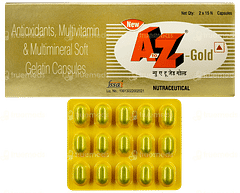
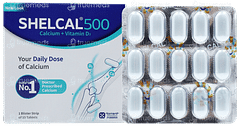
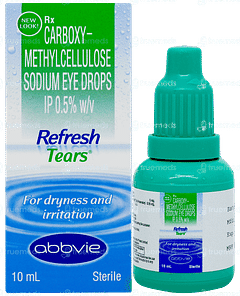
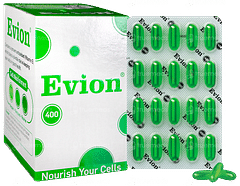
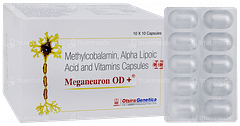
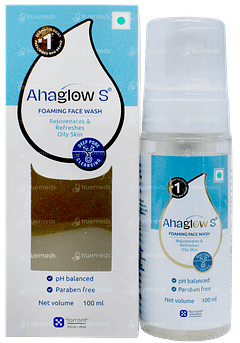

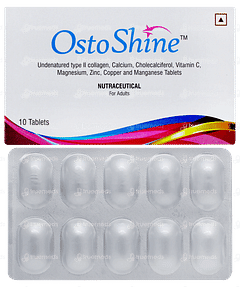

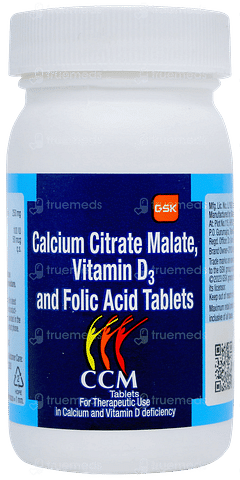
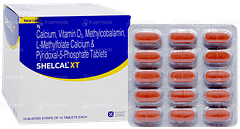
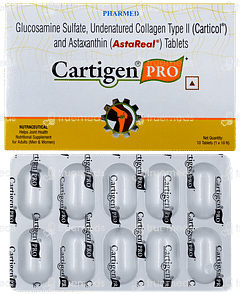

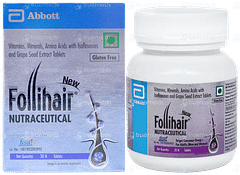
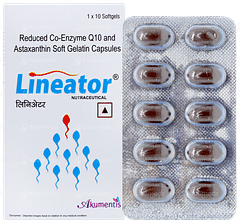

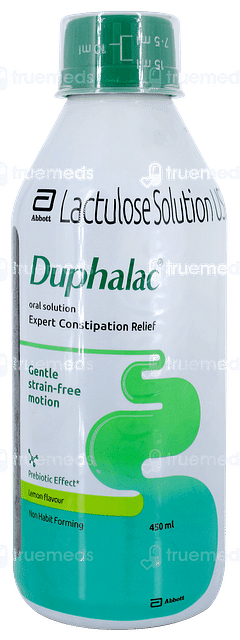
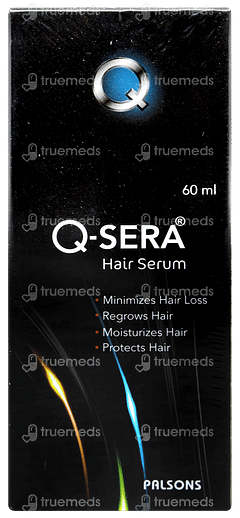
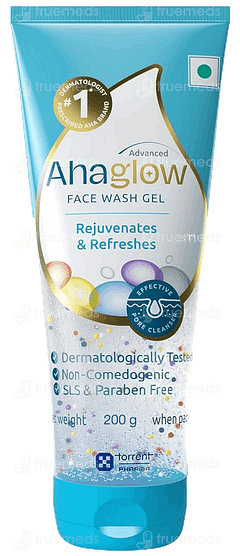
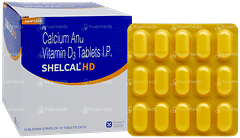
Top-selling ayurvedic products
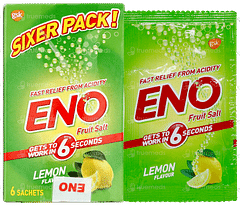
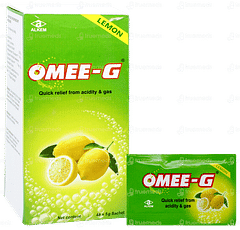
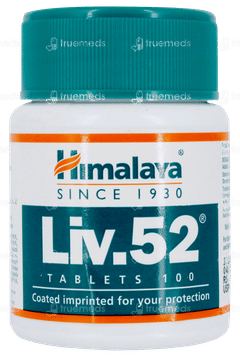
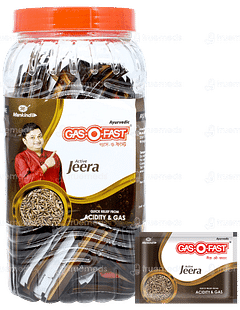
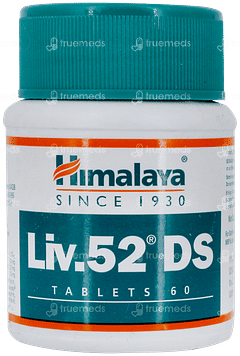
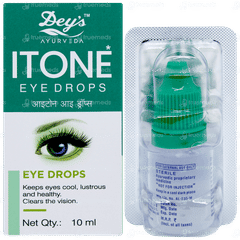
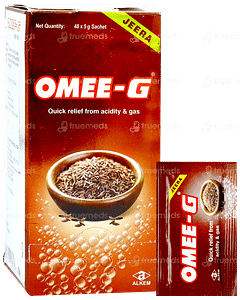
Disclaimer
Top-Selling Medicines:
...View more
Top-OTC medicines:
...View more
Top-selling healthcare devices:
...View more
Company
About UsHealth ArticleHealth StoriesHealth LibraryDiseases & Health ConditionsAyurvedaUnderstanding Generic MedicinesAll MedicinesAll BrandsNeed HelpFAQSecuritySubscribe
Registered Office Address
Grievance Officer
Download Truemeds
Contact Us
Our customer representative team is available 7 days a week from 9 am - 9 pm.
v4.10.1
2025 - Truemeds | All rights reserved. Our content is for informational purposes only. See additional information.
Our Payment Partners









